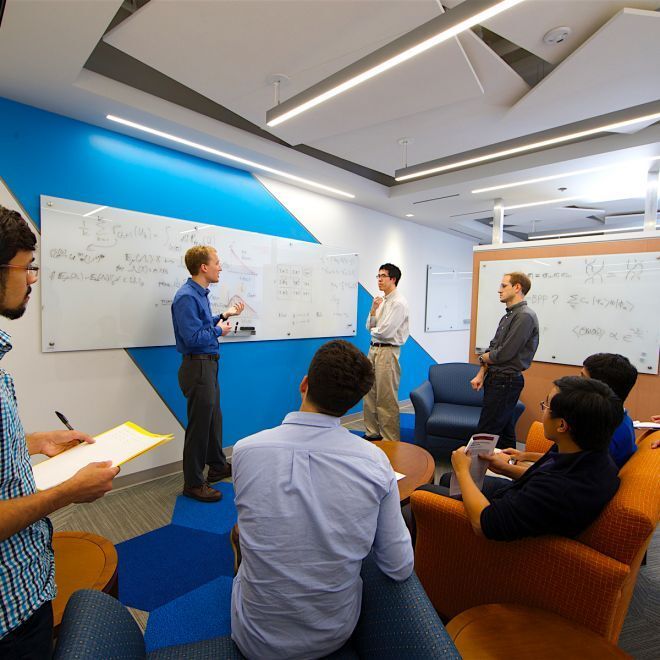The typical model for measurement noise in quantum error correction is to randomly flip the binary measurement outcome. In experiments, measurements yield much richer information - e.g., continuous current values, discrete photon counts - which is then mapped into binary outcomes by discarding some of this information. In this work, we consider methods to incorporate all of this richer information, typically called soft information, into the decoding of the surface code. We design soft decoders that leverage soft information, and demonstrate that these soft decoders outperform the standard (hard) decoders that can only access the binary measurement outcomes. We also introduce a soft measurement error model with amplitude damping, in which measurement time leads to a trade-off between measurement resolution and additional disturbance of the qubits. Under this model we observe that the performance of the surface code is very sensitive to the choice of the measurement time - for a distance-19 surface code, a five-fold increase in measurement time can lead to a thousand-fold increase in logical error rate. Moreover, the measurement time that minimizes the physical error rate is distinct from the one that minimizes the logical performance, pointing to the benefits of jointly optimizing the physical and quantum error correction layers.
Based on joint work with Christopher Pattison, Michael Beverland and Marcus da Silva.
https://arxiv.org/abs/2107.13589
